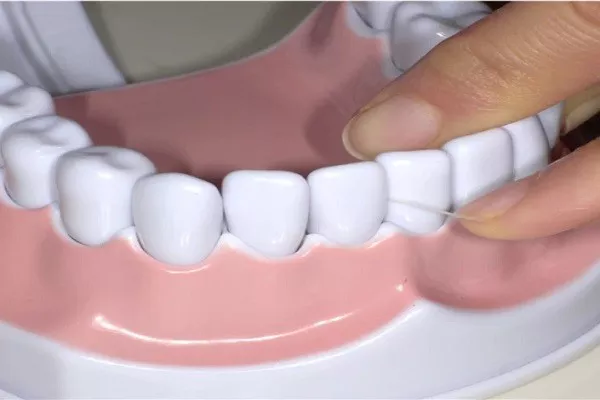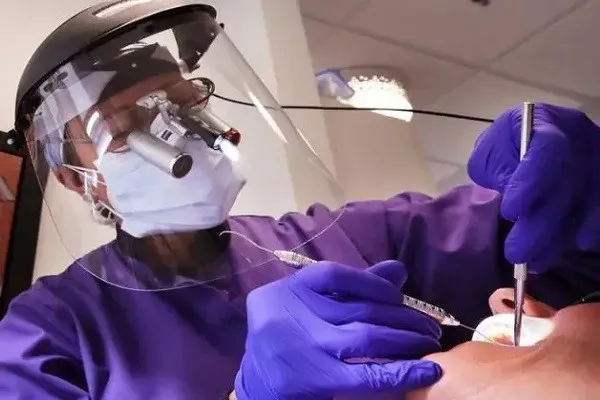Dental health is a crucial component of overall well-being, and regular dental cleanings play a significant role in maintaining healthy teeth and gums. For individuals with gum disease or significant plaque buildup, a deep teeth cleaning, also known as scaling and root planing, may be recommended by a dentist or dental hygienist. In this article, we will provide an overview of what happens during a deep teeth cleaning procedure.
Assessment and Examination
Before performing a deep teeth cleaning, the dental professional will conduct a thorough assessment of your oral health. This typically includes:
Review of Medical History:
The dentist or hygienist will inquire about your medical history, medications, and any pre-existing health conditions that could affect your dental treatment.
Oral Examination:
An examination of your teeth and gums will be conducted to evaluate the extent of gum disease or plaque buildup. This may involve measuring the depth of gum pockets around each tooth.
Anesthesia or Numbing
To ensure your comfort during the procedure, local anesthesia or numbing gel may be applied to the gums. This helps alleviate any potential discomfort or sensitivity during the deep cleaning process.
Scaling
The deep cleaning procedure begins with scaling, which involves the removal of plaque and tartar from the surfaces of your teeth. The dental professional will use specialized instruments, such as ultrasonic scalers or hand scalers, to carefully remove these deposits. Scaling is performed above and below the gumline to eliminate bacteria and calculus.
Root Planing
After scaling, the next step is root planing. Root planing focuses on the tooth roots and involves smoothing rough areas on the roots to prevent bacteria from reattaching. This process promotes healing of the gum tissue and reduces the risk of further gum problems.
Final Cleaning and Polishing
Once scaling and root planing are complete, a final cleaning and polishing of the teeth may be performed. This step helps remove any remaining stains, plaque, or debris, leaving your teeth feeling smoother and looking brighter.
Post-Cleaning Examination
After the deep teeth cleaning, the dental professional will conduct a post-cleaning examination to assess the effectiveness of the procedure and evaluate your gum health. They may measure gum pocket depths again to ensure improvement.
Aftercare and Follow-Up
Patients who undergo a deep teeth cleaning may experience some gum tenderness or sensitivity. Your dentist or hygienist will provide instructions on proper aftercare, including:
Recommendations for pain relief if necessary.
Guidance on maintaining good oral hygiene, including brushing, flossing, and the use of antimicrobial mouthwash.
Scheduling follow-up appointments to monitor your progress and address any remaining dental issues.
Conclusion
A deep teeth cleaning, or scaling and root planing, is a comprehensive dental procedure aimed at addressing gum disease and significant plaque buildup. It involves the removal of plaque and tartar, root planing to smooth tooth roots, and a final cleaning and polishing step. Proper aftercare and regular follow-up appointments are essential to maintaining healthy gums and preventing further dental issues. By undergoing a deep teeth cleaning as recommended by your dentist, you can take proactive steps to preserve your oral health and enjoy a brighter smile.
Related Topics:
































